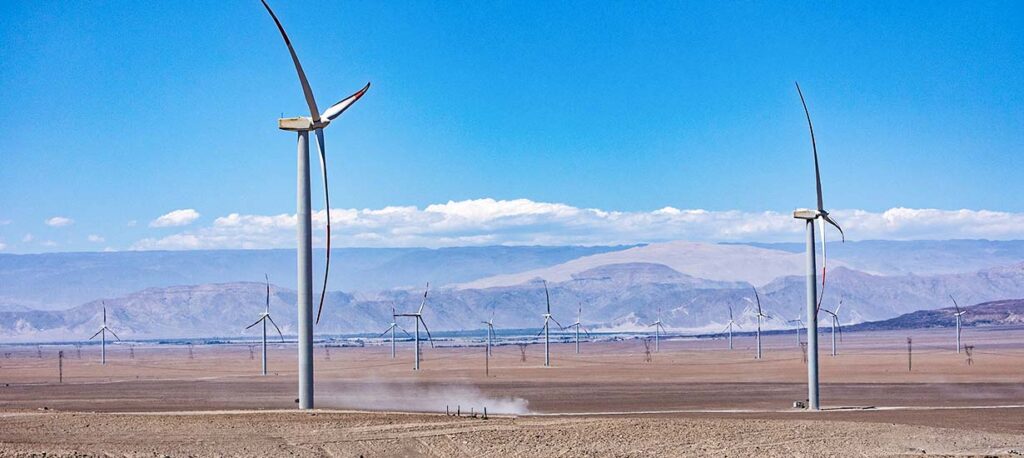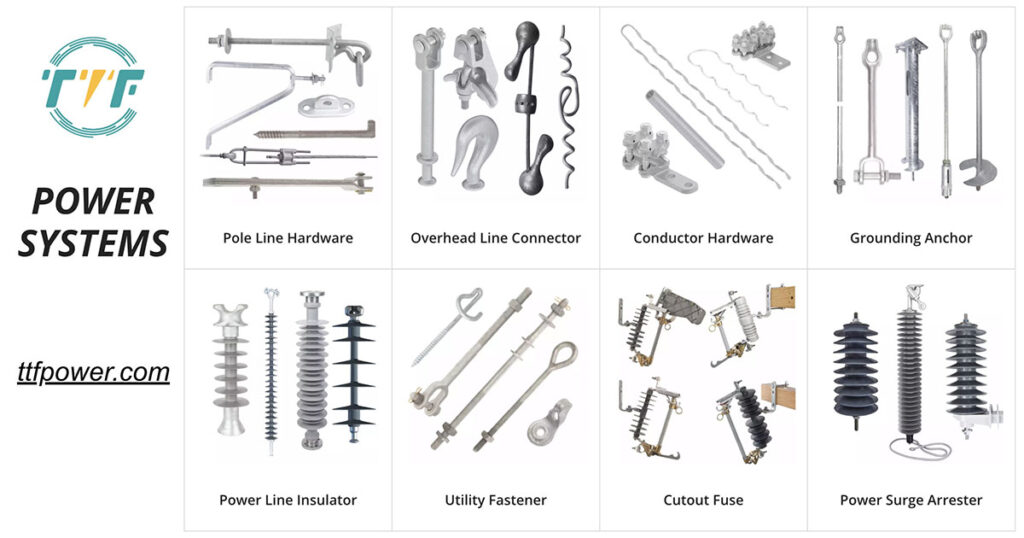
Peru has made a significant advancement in modernizing its energy sector to improve competition in various forms of power generation. The nation strives to reconcile economic development with ecological sustainability. Peru possesses a wealth of natural resources that contribute to diversifying its energy portfolio. In 2024 alone, the ministry of energy and Mines revealed four significant renewable energy initiatives. This is contributing 507 MW to the electrical grid. This comprises 114.93 MW solar facilities in Moquegua, 80 MW Matarani solar project in Arequipa, 177 MW Wayra Extension, and San Juan 135.7 MW wind installations in Ica. The government is additionally advocating for smart-grid technologies to improve the efficiency and transparency of energy distribution. Peru’s primary goal is to lower greenhouse gas emissions by 40% by the year 2030. Distribution arresters safeguard electrical distribution systems against voltage spikes.
High-performing distribution arresters ensure grid reliability and enable the integration of renewable energy. They serve in hydropower resilience, mining sector, and climate resilience. Distribution arresters divert excess voltage to ground to prevent damage to transformers, substations, and smart meters. They also serve in renewables that introduce intermittent surges such as solar farm disconnections, and wind turbine switching. Advanced arresters with remote sensors help detect surge events, predict failures, and optimize maintenance. They also prevent frequent transformer burnouts to cut downtime. Common types used include hybrid arresters, metal oxide, polymer-housed, and line drop arresters.
Distribution arresters modernizing Peru’s energy sector
A distribution arrester is an electrical device installed on power distribution lines to divert overvoltage surges to the ground. They prevent damage to transformers, conductors, and customer equipment. Distribution arresters help maintain system integrity and extend equipment lifespan. Distribution arresters are crucial in renewable energy integration, rural electrification programs, and infrastructure upgrades. This makes them crucial components in Peru’s modernization efforts. Here are the roles of distribution arresters in Peru’s energy modernization.

- Enhancing grid reliability in rural electrification – Peru’s aims to bring electricity to remote areas. Distribution arresters protect distribution transformers in off-grid and mini-grid systems. They reduce equipment failure rates in isolated systems.
- Renewable energy integration – solar, wind, and hydropower sources introduce greater variability and switching events on the grid. Distribution arresters shield sensitive equipment during load shifts and reduce the risk of downtime due to unexpected voltage spikes.
- Smart grid and automation technology – adoption of smart meters, automated reclosers, and remote monitoring systems demand clean, surge-free power. Distribution arresters help protect sensitive smart grid electronics from transient voltages. They also ensure consistent data transmission and communication.
- Mitigating lightning damage – distribution arresters divert lightning-induced surges, reduce the likelihood of outages, and increase safety for line workers.
Technologies aiding Peru’s modernization initiatives
The modernization of Peru’s energy sector depends on the use of innovative technologies, reforms in policies, and the development of infrastructure. The technologies are reshaping the ways energy is produced, transmitted, distributed, and utilized. Peru’s energy future relies on AI-driven smart grids, solar power plants, and clean hydrogen exports. Here are the prevalent technologies driving the transformation of Peru’s energy industry.

- Decentralized energy options – microgrids and off-grid solar power systems lessen reliance on diesel generators and broaden access to clean energy. The creation of mini-hydro and hybrid systems merges solar, hydro, and battery storage to provide dependable electricity to isolated regions.
- Cybersecurity and resilience solutions – the rise in digitalization leads to a greater need for grid cybersecurity to safeguard against disruptions and threats.
- Digital and data analytics – this encompasses AI and machine learning for predicting load, enhancing grid efficiency, and identifying energy theft. The application of geographic information systems aids in infrastructure planning and enhances disaster resilience.
- Contemporary transmission and distribution gear – the implementation of splice connectors and insulated cable systems enhances energy reliability and safety over extensive transmission lines. They allow for growth in harsh or secluded landscapes. Moreover, upgraded equipment enables increased capacity, reduced losses, and the incorporation of distributed energy resources.
- Energy storage solutions – Peru is investigating technologies like lithium-ion battery systems to enhance grid stability and assist variable renewables such as solar and wind.
- Grid modernization and smart grid technologies – the smart grid infrastructure allows for real-time data tracking, demand response, and automated fault identification. This also encompasses SCADA systems utilized for remote oversight and management of substations and power generation facilities. They also improve grid reliability and resilience in Peru.
